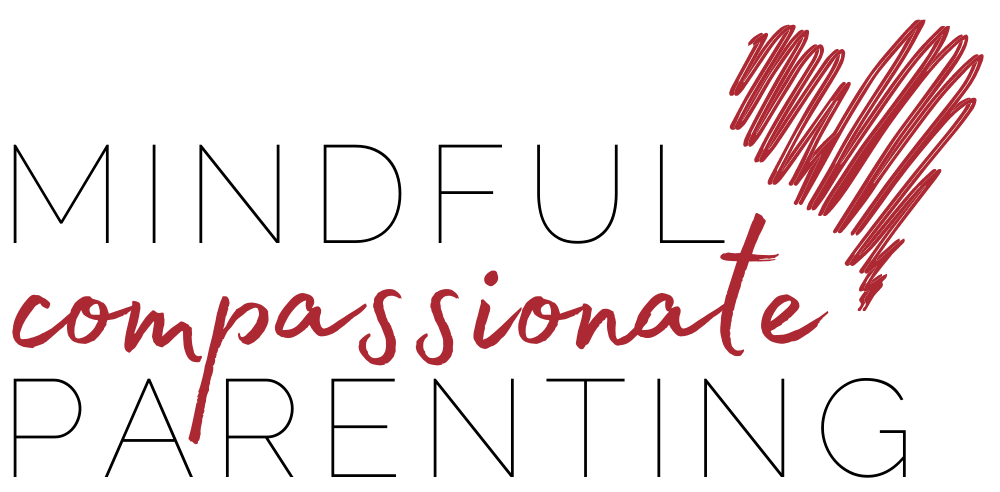The healing touch
Who doesn’t like to be hugged?
When we hug our children, we are fine and they are fine. Surely we have all had the experience of hugging a child who was crying because he was scared and with our hug he calmed down.
We have always known how good a hug makes us feel emotionally and physically, how much energy it gives us. And we also know how much we miss hugs when we cannot receive them for different reasons.
Now research by Aljoscha Dreisoerner and colleagues (2021) shows ‘scientifically’ that offering ourselves a hug or even just a calming touch can lower cortisol levels and provide a source of resilience in times of stress. The research used a control group, and the results showed that both the hug we received from another person and the hug we can give ourselves (understood as the calming self-treatment) protected participants from the negative effects of stress by lowering cortisol levels.
The results of this research are very important because they tell us that in situations where we cannot hug ourselves and need to reduce contact with other people, we can still benefit from the effects of touch by offering it directly in a kind and loving way.
In the ‘Mindful Compassionate Parenting’ course, participating parents learn an informal practice – particularly apt for times of need – to be used during the course of everyday life, which is called ‘loving gestures’ and which aims to calm and support the person when he or she is in a difficult moment.
It involves simply placing one hand, or both, on the heart or another part of the body that makes us feel the comfort of touch. For many it gives comfort to simulate a hug by crossing one’s arms, for others it is enough to place a hand on an arm or on the stomach, for others it helps to caress the face. In short, there are many possibilities, some with the hand resting on a part of our body, others with small gentle movements.
It is up to each person to try and identify their own ‘loving gesture’ as a touch that calms and makes one feel good because it induces a physiological response that lowers cortisol levels, which is the hormone responsible for stress, and raises oxytocin levels, which is the love hormone.
You can try it freely or be guided by a voice, as you prefer.
The audio of the meditation is available in the meditations section.
The details of the above research are available in English.
Written by: Paola Bortini

